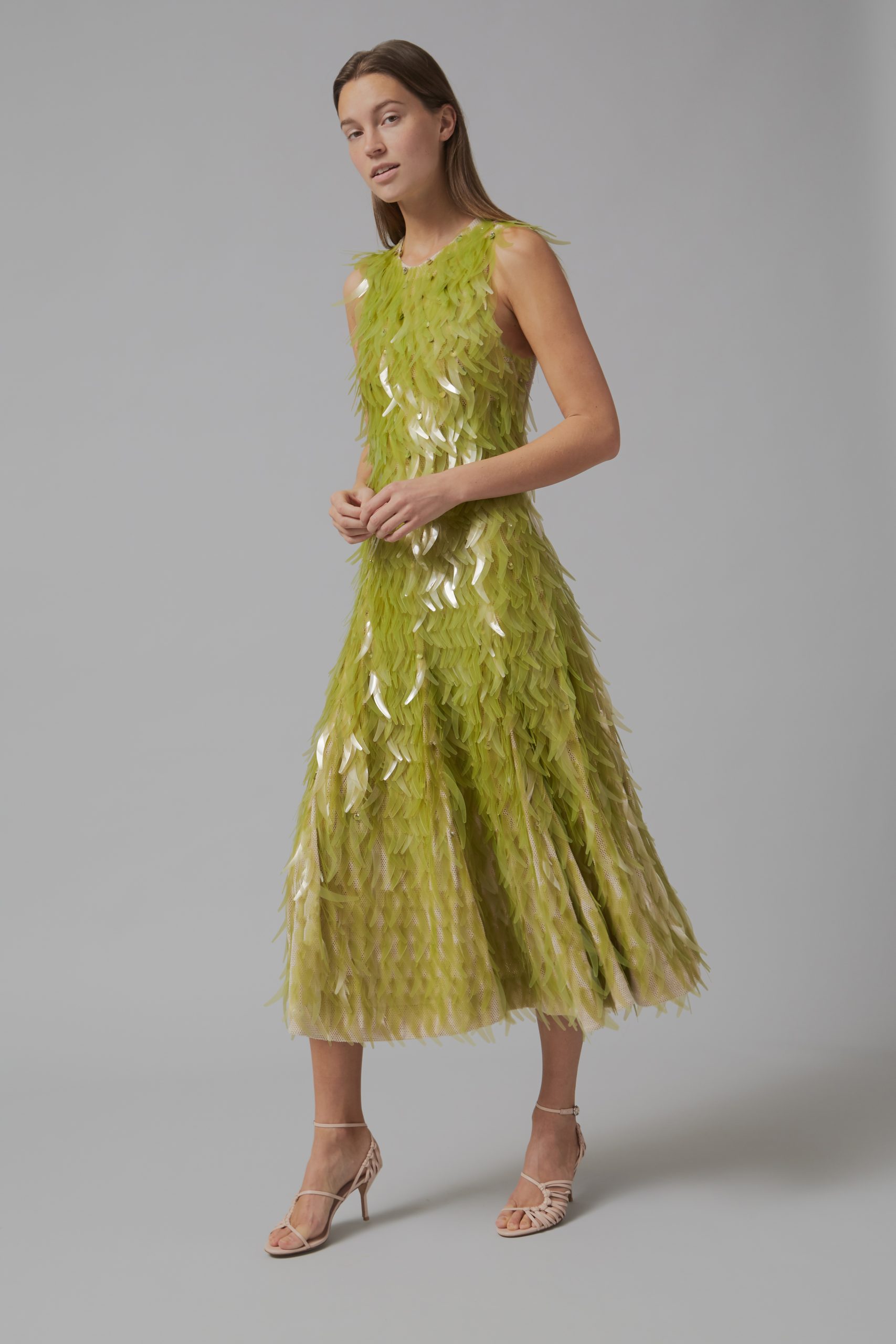In our growing digital age, the adoption of technology seems to follow the same predictable pattern. Concepts are kidded and sneered at, before they quietly become absorbed by the masses, taking post in our day to day – a post that we previously hadn’t even known was vacant.
The blockchain, a theoretical space that plays home to non-fungible tokens and coded product, is one of the most recent evolutions in technological invention that is gaining pace and surpassing corners at speed. And yet, to many this concept is still too abstract, and the blockchain is one of these uncanny and esoteric spaces that they don’t want to know about until they have to.
Nonetheless, the NFT market is one that is roaring loudly, and shows little sign of slowing up. So whether you are a consumer, a brand, an entrepreneur or an investor, perhaps 2024 is your time to begin understanding this market and why it is here to stay.
How are NFTs incorporated into fashion?
NFTs began to dance within the world of fashion once brands understood their usefulness in establishing both ownership and authenticity. In the world of luxury and one-of-a-kind products, counterfeiting and the black market have long played a plague on fair trading. The very nature of NFTs means they cannot be copied or edited and are engrained with ownership. They began to be adopted by brands that positioned themselves as exclusive, that worked with limited edition pieces, or that stuck to a drop collection structure.
Now, NFTs are being more readily developed by all players within the fashion industry. With an amplified interest in extended realities, immersive worlds, and online interaction, facilitated by the boom in gaming, and our ever-evolving social media bubbles, fashion is extending into the metaverse passionately. We are seeing digital collections that give people the opportunity to dress their avatars roaming the metaverse spaces, dress their photos in real-time and wear pixelated creations, or simply revel in the ownership of a product which is only available to a select few.
With the power to contain protected information, NFTs have also been used as markers of sustainability and origin and dubbed reliable labels for our more eco-conscious consumer base.
What consumer patterns make the market so strong?
With more and more brands and creators joining the initiative, we are experiencing a rapidly expanding and diversifying landscape of digital fashion assets. Fashion brands are beginning to offer purely digital products for metaspace adventurers, or NFT counterparts alongside physical products, digitally exclusive experiences, or beginning to showcase within the virtual space. The nature of NFTs, simply being fixed in an air of exclusivity and restricted ness, means they are being used in diverse ways to boost a brand’s desirability and consumer cravings. By positioning art and design as more elite and guarded, it immediately becomes more sought after.
Fashion brands have long been harvesting the digital world and building their shape on virtual platforms to boost sales, marketing, growth and communications. The evolving integration with NFTs is a more confident next step in this interaction.
What’s more, three key factors indicate consumer interest in NFTs will exponentially grow — firstly we are seeing the emersion of a tech-savvy generation who are more computer-literate than any before, secondly, in our capitalist retail landscape (awash with endless options) exclusivity and specialness has an unparalleled worth, and thirdly we are seeing a hunger and want for newness and new creativity.
What is the next step for the fashion industry?
In this flowering metaverse world, there is somewhat of a race to build an identity and a presence. Offering everyone the potential to start from scratch, there is a boundless opportunity to “rewrite” oneself and one’s digital image. Users will need to curate a digital personality and a digital presence and strive competitively to bring palatable but unique innovation to the digital landscapes they intend to roam.
The next step in fashion’s NFT journey will need to see players bridge the gap in order to attract a wider consumer base into their digital pursuits. Brands will need to work out how to make the pull of NFT investment and digital collections attractive to the masses, whilst also ensuring they don’t neglect their physical offerings and can work interchangeably between both spaces.
As the NFT sector develops, we are likely to see less development in NFTs that stand alone as abstract investments and ownership, but deeper development in NFTs that serve as portals and accesses to functional experiences, rewards, or communities. It is also possible that the NFT industry will become circular: we may see physical products relating to NFTs, that then give access and insights into experiences, that can relate to physical products and tangible offerings.
NFTs will likely become an important link in the retail chain. Unlike common widespread belief, NFTs aren’t just obsolete pieces of code that are cherished by “the woke”, but they can become purposeful and meaningful gateways, invitations and signifiers in the world we physically stand in.
How can you become involved with fashion NFTs?
This fusion of fashion and the blockchain is not a trend, it is the next step for fashion. So, how can you get prepared and involved? Many sources propose becoming an early investor in this NFT world will warrant reward, and there is likely truth in this suggestion, so becoming affiliated with digital product in its early stages shouldn’t be shied away from.
For the more reserved, just taking an interest in the development of this space, immersing yourself in online debate and articles, and understanding how our retail pattern is shifting will also put you in the know. Education and investigation are invaluable starting points when it comes to navigating these new worlds unfolding before us. Getting geared up for the digital revolution has never been so in fashion.
Written by Hebe Street from GLITCH Magazine





